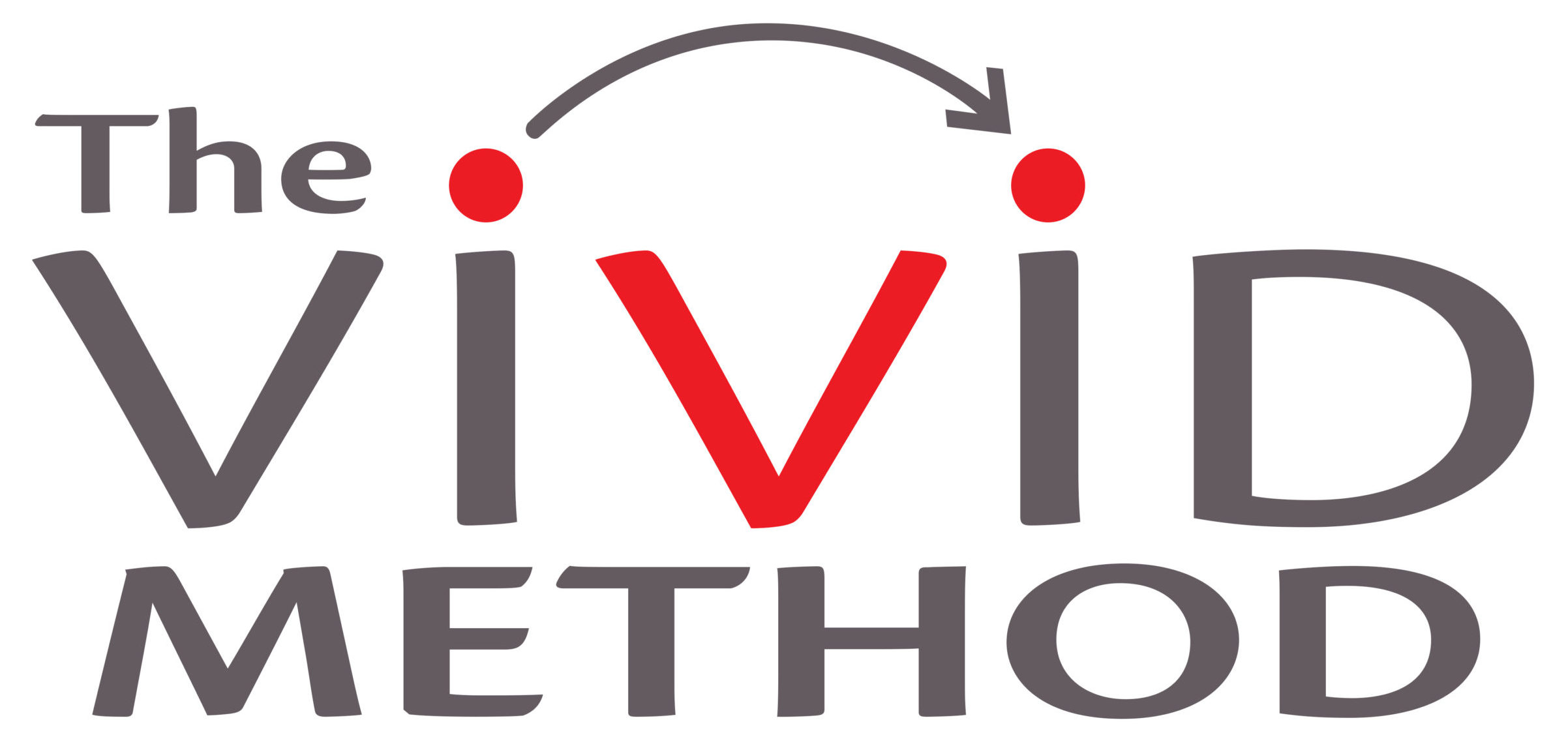How Steve Jobs’ messaging changed the world
Messaging was Steve Jobs’ secret weapon in helping Apple products change the world.
There is no doubt he transformed the world of music, computers and animation. In fact, he motivated people to work for him with the promise that they could actually change the world. But what is not recognised is how influential his unique approach to messaging was in achieving this goal.
There is plenty of evidence to show that Steve Jobs changed the world in the following areas:
- Computers. Steve Jobs founded Apple Computer and led the team that created the Macintosh in 1984, the first computer with a graphical user interface and mouse.
- Music. Steve Jobs created the iPod and iTunes Store, which changed the way people purchase and access music.
- Consumer computers, the iPhone and iPad. These full-powered computers launched the ‘post-PC era’, in which personal computer sales are declining and consumer devices that are portable, always connected and have access to cloud-based services are the growing trend.
- Pixar! In his spare time, Steve Jobs created Pixar, which changed the world of animated movies.
Chief Messaging Officer
What is unique about Steve Jobs is his direct involvement in the messaging of his industry, his company and the specific products he launched. It was, and probably still is, unheard of that a CEO (as opposed to an advertising agency) would decide on messaging, let alone launch each product personally to deliver that messaging.
For example, leading up to the iPod launch in October 2001, Steve personally managed the process of deciding on both the name and the message of this breakthrough product.
What is interesting is that Steve decided on the message before they had named the product. The message – “1000 songs in your pocket” – was clear in his mind some months before the name ‘iPod’ was chosen from a list of 10 options.
The master of the transferable message
When you know your message, it’s much easier to decide on creative options to reinforce that message. When Steve Jobs walked on stage on October 23 2001, he began by talking about how much he and people at Apple loved music. He commented that the current crop of MP3 players were disappointing and, in many cases, unusable.
He then talked about what would make a great MP3 player; this included storing a lot of songs – say, 1000 – so you wouldn’t have to keep syncing it with your computer. And it would have to be small enough to fit in your pocket, he said. Plus, it should have a user interface that makes it quick and easy to find the song you want.
Then he paused and said, “Well, I have this perfect product right here in my pocket.” He pulled the product out of his front jeans pocket and said, “The iPod. 1000 songs in your pocket.” At the same moment, the screen behind him reinforced the message. Within an hour, the Apple homepage was emblazoned with the same message. “The iPod. 1000 songs in your pocket.” It was very clear.
Messaging gets massive editorial exposure for free!
By being clear and memorable, Steve Jobs achieved what other leaders have only dreamed of: massive editorial exposure for free.
Hundreds of journalists and reviewers from the audience wrote reviews of the iPod and, of course, had the “1000 songs in your pocket” message as either a headline or a key component of the first couple of paragraphs.
In fact, the transferable message genius of Steve Jobs went further than that. Purchasers of the product showed it to their friends, dutifully repeating the message. “Hey, have you seen this new device? 1000 songs in your pocket!”
Steve did this with most of his key product launches. For example, he very cleverly set up the iPhone presentation with the promise that he was launching three revolutionary products.
- A widescreen iPod with touch controls
- A revolutionary mobile phone
- A breakthrough internet communications device

Speaking about these three products, he toyed with the mind of his audience for a few minutes. Then, he delivered the vivid message: “These are not three separate devices. This is one device. And we’re calling it iPhone.”
